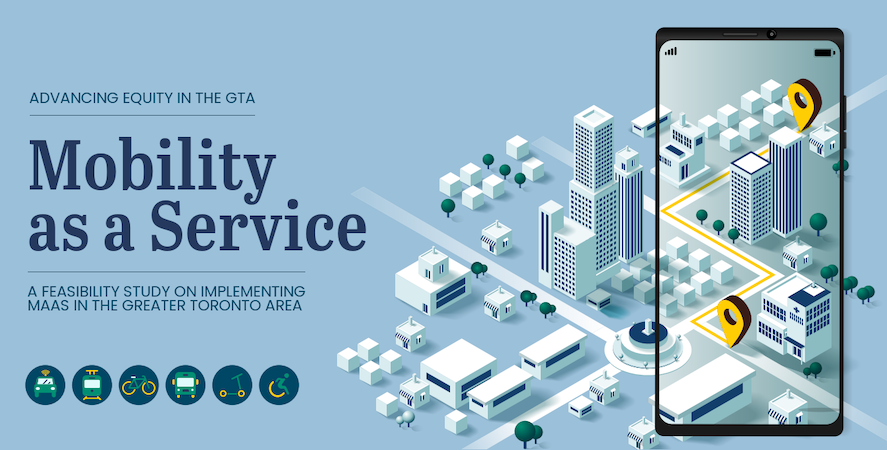
AECOM and CUI study mobility-as-a-service feasibility in GTA
July 20, 2023
By CCE
Private and public stakeholders have called for a seamless transportation network.
Infrastructure consulting firm AECOM and the Canadian Urban Institute (CUI) have released a joint study on the feasibility and desirability of implementing mobility-as-a-service (MaaS) to improve transportation equity in the Greater Toronto Area (GTA).
Private and public stakeholders have called for a seamless transportation network that can adjust to new commuting patterns, address first- and last-mile gaps in transit and reduce dependency on private motor vehicles.
“Post-pandemic work and travel patterns continue to evolve,” says Mary W. Rowe, CUI’s CEO. “We need flexible, regionally co-ordinated solutions.”
The report examines the GTA’s existing infrastructure and current economic, political, technological and operational conditions, pinpoints challenges and identifies opportunities for tangible benefits through a regional MaaS system, which would combine multiple transportation modes under a seamless navigation and payment app.
“In partnership with CUI, we’ve developed an end-to-end framework that considers input from diverse stakeholders,” says Justin Trevan, vice-president (VP) and cities growth strategy lead for AECOM in Canada. “By defining MaaS benefits and implementation challenges, we are working to advance the conversation about its potential to improve equity and access to mobility in the GTA, while also creating an approach that can be leveraged in other Canadian cities.”
Grounded in lessons learned on recent MaaS deployments around the world, and numerous conversations and focus groups, this joint AECOM/CUI study provides an insightful look at the role MaaS could play in the GTA.
Based on conversations, focus groups and lessons learned from other MaaS deployments around the world, the report outlines an approach for identifying key partners, developing goals, integrating fares and policies, establishing data-sharing standards and ensuring cost-effectiveness.
To read the full report, click here.
